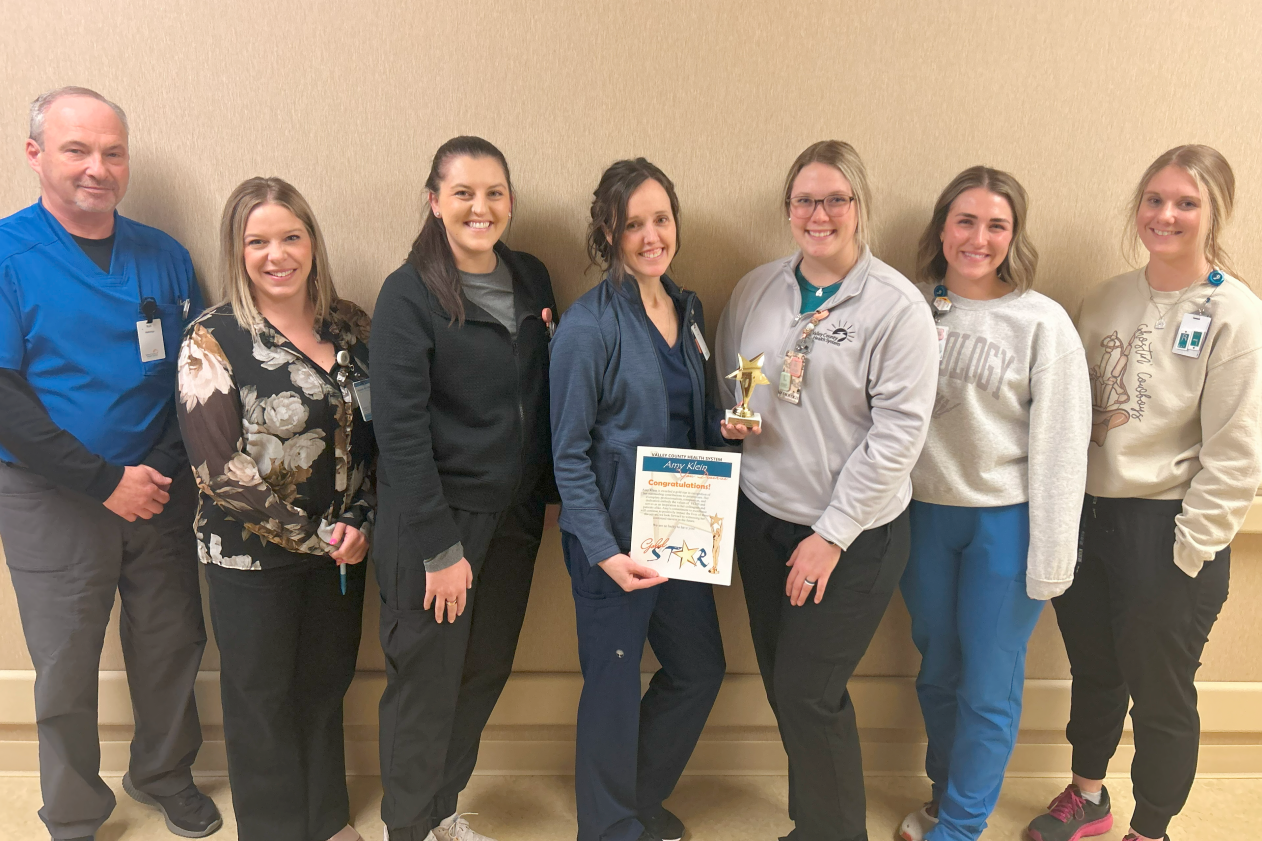
How Painful is Breast Cancer Biopsy & How Long Does It Take To Recover?
A breast cancer biopsy is a diagnostic procedure that involves removing a quantity of breast tissue for further examination.
In cases where a patient is suspected to be suffering from breast cancer, this process can be used to confirm or rule out that diagnosis. Therefore, the small amount of tissue will be removed and then examined beneath a microscope, and the physician can identify whether the tissue really is cancerous. In some other cases, a biopsy may be useful where a diagnosis has already been made. In this scenario, the surgeon can remove the tissue in order to help doctors identify a proper strategy for dealing with that tissue. Personalized treatment and care is an increasingly popular approach to cancer treatment, which makes this a useful tool.
This is a relatively minor procedure then, and one that plays an important role in planning what will happen going forward.
However, that does not prevent this from being stressful and concerning time for the patient. Not only will they be left in doubt as to what the results might be and what that could mean for them, but they may also worry about the procedure itself: will it be painful? How long will it take to recover? Will it leave a scar?
Here's what you need to know.
How it Works
To know what the recovery time will be like for a biopsy, it’s first useful to acknowledge that there are multiple types of biopsy. In most cases, a breast biopsy will be one of two types: surgical or needle.
Surgical breast biopsies are as they sound: these are surgical procedures that are carried out via a small incision in the skin. This surgical biopsy is also sometimes known as an open biopsy.
While this might sound daunting, it’s important to remember that only a very small amount of tissue needs to be taken and thus the cut will usually be very small.
The needle biopsy on the other hand is of course performed using a needle. This is inserted through an incision in the skin. There are actually two sub-types of needle biopsy, which are:
- Fine need aspiration – This uses a thin and hollow needle that is attached to a syringe
- Core needle biopsy – This uses a slightly large needle that will remove a tube-shaped piece of tissue via a spring-loaded or vacuum-powered system
You may now be wondering why there are different types of biopsy and which one is likely to be chosen for you. The answer usually has to do with the nature of breast cancer: where it is likely to be located. This in turn determines how deep the surgeon needs to go to retrieve the tissue.
Due to the precise nature of this biopsy, the surgeon will usually also require some kind of guidance which will help them get to the necessary point. For instance, they will often use a mammogram or an MRI. Where the surgeon uses a mammogram, it can be called either a mammogram-guided biopsy or a stereotactic biopsy.
Of course, the recovery time and amount of discomfort experienced is determined largely by how deep the surgeon needs to go.
Pain and Recovery
For breast needle biopsies, only local anesthesia will usually be necessary. This can be uncomfortable, but most patients describe it as perfectly tolerable (experience does vary somewhat). The recovery time is likewise usually quick, though there might be some bleeding and/or bruising. Core needle biopsies usually result in more bruising than a breast fine needle biopsy. This can take up to several weeks to fully heal, though it should feel much better a lot sooner than that.
In many cases, a surgical breast biopsy can also be performed under local anesthetic, though there will be cases where the general anesthetic is necessary. In most cases, this is still an outpatient procedure however – no overnight stay required.
Again, the recovery time will be determined by the amount of bleeding, but you should find that any bleeding or bruising has cleared up after around a month.
Patients should support their own recovery by getting lots of rest and sleep, eating healthily, and drinking lots of fluids. The hospital may provide you with bandages and suggest how you can clean the wound. Make sure to listen carefully and to follow the precise instructions.
For many patients, the most stressful part of this process is waiting to hear the results of the test. While this can be scary, try to remember that you have already taken the best possible step to ensure your health going forward. Doctors always practice a “safe rather than sorry” approach, which is precisely as it should be. Hopefully, there is nothing to worry about. If there is, it’s better to know about it.

